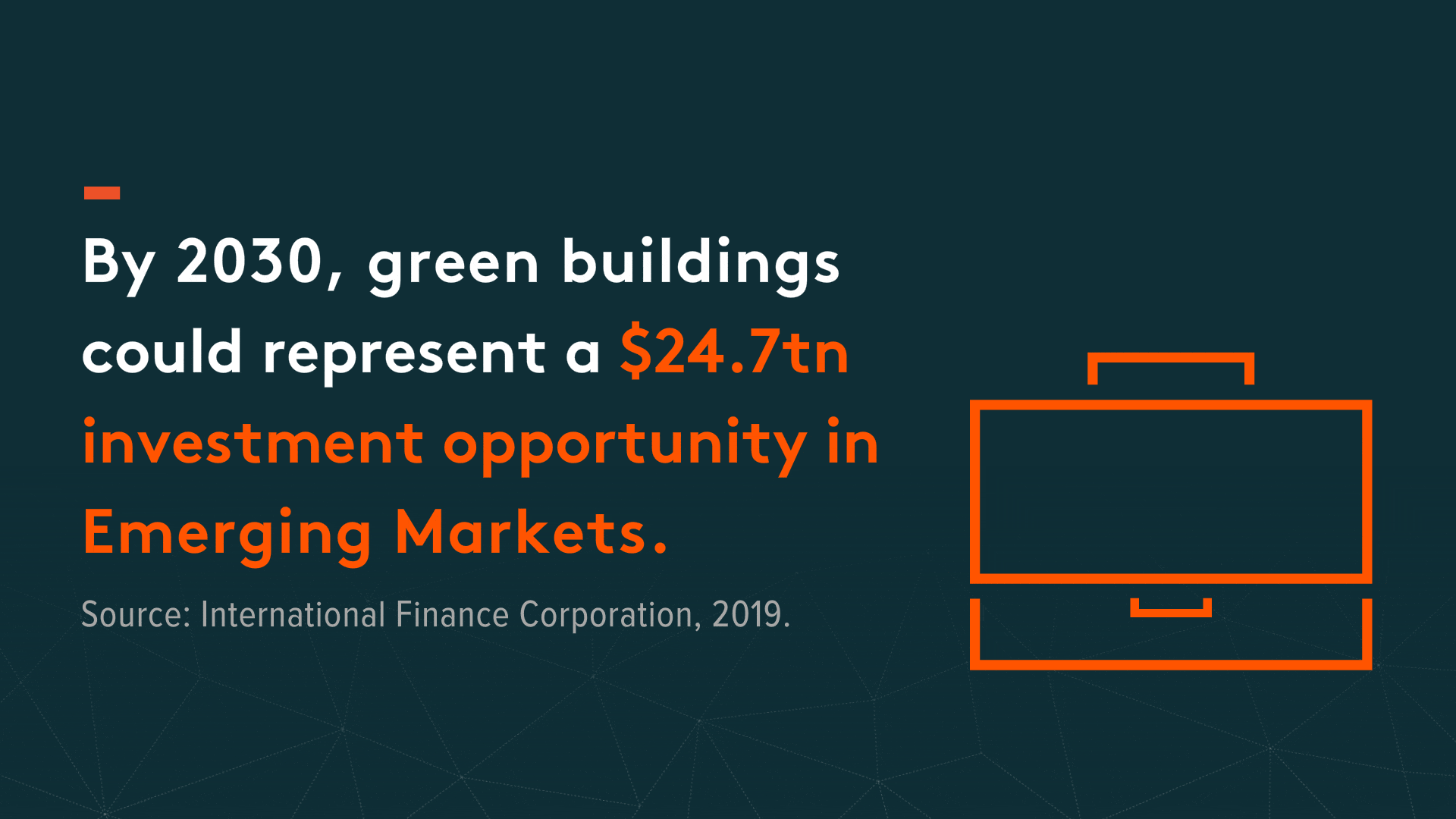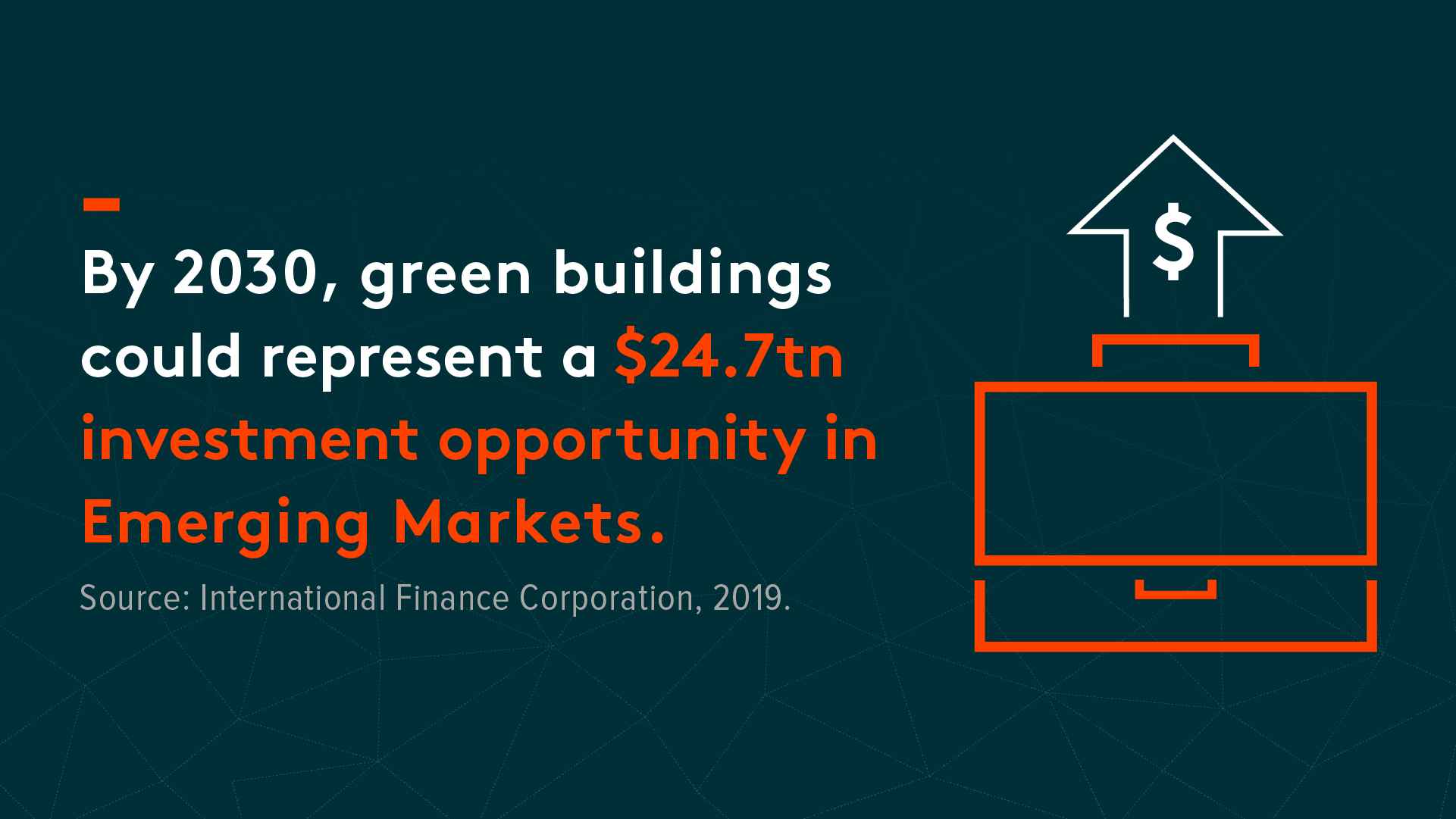| | | | | | | Presented By Global X ETFS | | | | Axios Markets | | By Emily Peck and Matt Phillips · Oct 20, 2022 | | Hey everyone! It's 35 days till Thanksgiving, but we're grateful every day for you, dear readers. Today's newsletter is 1,064 words, 4 minutes. Situational awareness: Pressure is mounting on the U.K. Prime Minister Liz Truss to resign. (FT) | | | | | | 1 big thing: Why exactly mortgage rates are soaring |  Data: FactSet; Chart: Axios Visuals There's a funding problem brewing in the housing finance market, and it's sending mortgage rates up at a much faster clip than benchmark Treasuries, Axios' Kate Marino writes. The big picture: Large buyers of mortgage bonds — i.e. the Fed and the big banks — have dropped out of the game. The lower demand has pressured the value (or price) of mortgage bonds, sending yields soaring. - Caught in the center of this storm are publicly traded mortgage REITs that are facing margin calls, and prospective U.S. homebuyers who are staring down the prospect of mortgage rates near 7%.
Why it matters: It's an example of how the volatility caused by rapidly rising rates is starting to cause cracks in the country's intricately interwoven financial system. Let's dig into mortgage REITs. These investment funds borrow heavily to buy mortgage bonds, since using borrowed money juices returns. But the decline in the value of their portfolios has led to margin calls from their lenders (those in the repo market, for example), says Eric Hagen, mortgage and specialty finance analyst at BTIG. - Margin calls create more selling and price pressure, which leads to more margin calls — and so on. This type of thing can turn into a vicious cycle.
- Investors are increasingly worried that margin calls could deplete the mortgage REITs' cash piles. These concerns sent some of their stocks down 30% or so in just the last month.
- The yield curve isn't helping. Some mortgage REITs borrow using short-term funding and then invest in longer-term assets. With many parts of the curve inverted, or close to it, it's not as lucrative anymore, Hagen notes.
Go deeper: When mortgage bonds are available in the secondary markets at discounted prices — i.e. higher yields — then investors are apt to buy those, instead of buying in the primary market where new deals are bundled. - To entice buyers to scoop up these new deals, rates need to go up — a lot. Hence, 30-year-mortgages are hitting wild 20-year highs.
Where it stands: The volatility in the market over the last month was enough to prompt a bunch of mortgage REITs to crank out statements on their liquidity (cash positions), and provide some preliminary Q3 balance sheet figures — an out-of-the-ordinary move. What to watch: If the economy goes south, then you can add a new wrinkle to the dysfunction — the possibility of rising foreclosure rates. |     | | | | | | 2. Charted: The big difference |  Data: FactSet; Chart: Axios Visuals The average cost of a 30-year mortgage has risen to nearly 7% this year, a meteoric increase of about 3.7 percentage points. - The benchmark 10-year Treasury, meanwhile, has risen by less than 2.5 percentage points (to about 4.1%).
|     | | | | | | 3. Catch up quick | | 🛑 Hyundai plans to sever ties with suppliers in Alabama that used underage workers. (Reuters) 🇯🇵 Yen hits weakest level against the dollar for first time since 1990. (CNBC) 🏫 College enrollment drops for the third consecutive year. (WSJ) |     | | | | | | A message from Global X ETFS | | Build a greener investment portfolio | | |  | | | | Government policies and private sector commitments to combat climate change are driving demand for more sustainable buildings. We recently explored the long-term investment case for companies involved in the development, management and technology powering green buildings. Learn more. | | | | | | 4. Turns out workers are actually working hard |  | | | Illustration: Eniola Odetunde/Axios | | | | Eighty-one percent of workers say they're putting in as much effort — or more — as they were six months ago, according to a survey released Wednesday by the Conference Board, Emily writes. Why it matters: With so much talk lately of "quiet quitting" — a viral term loosely defined as workers who are doing the bare minimum, or not going "above and beyond" — you might get the sense that American workers are phoning it in. That's not quite what's going on. What's happening: Just getting your baseline level of work done — amid a labor shortage — is challenging, said Robin Erickson, vice president of human capital at the Conference Board. - "People are having to work harder just to get the work done," she said, noting that this is the first time the Conference Board has asked about effort specifically.
At the same time they're working harder, workers are less "engaged" at work — less apt to go above and beyond, the Conference Board and other studies have found. - Thirty percent of respondents said their level of engagement at work is lower than six months ago, the Conference Board found.
- Gallup found a similarly high level of disengagement in a poll last month, Axios' Hope King reported.
- This is the phenom folks are calling "quiet quitting," but it shouldn't be confused with not working.
💭 Emily's thought bubble: People have been through a lot over the past few years. Instead of accusing them of "quitting," maybe assume positive intent. We're all doing our best. |     | | |  | | | | If you like this newsletter, your friends may, too! Refer your friends and get free Axios swag when they sign up. | | | | | | | | 5. Antitrust crusaders score win |  | | | Illustration: Shoshana Gordon/Axios | | | | This week marked the first time Meta, fka Facebook, was forced to unwind an acquisition, Axios' Ashley Gold writes. Regulators in the United Kingdom blocked the social networking giant from acquiring Giphy, a distributor of animated images known as GIFs. Why it matters: Meta paid $400 million for the company more than two years ago and reversing that transaction will set a new precedent that tech giants can be made a bit smaller. The big picture: Big Tech firms typically argue that unwinding such deals is impractical. Every merger is different, to be sure, but the Giphy case will give anti-monopoly crusaders one solid example to the contrary. Driving the news: The U.K.'s Competition and Markets Authority found that Meta's acquisition of Giphy "could allow Meta to limit other social media platforms' access to GIFs." - The deal "removed Giphy as a potential challenger in the U.K. display advertising market, preventing U.K. businesses from benefiting from innovation in this market," the CMA ruled.
- A source familiar with the situation told Axios there is a six-month deadline for Meta to sell Giphy, and the buyer must be approved by regulators.
Between the lines: European regulators operate with wider powers and stronger rules than their U.S. counterparts, but the Giphy decision will still reverberate here, experts say. - The U.K. ruling will remove "the psychological barrier," Joel Mitnick, an antitrust attorney with Cadwalader, Wickersham & Taft and a former FTC trial lawyer, told Axios.
- "It may be less shocking, less of a stretch, for a federal district court judge to order divestiture because it's now been done... ," he said.
- Yes, but: "I would caution taking too much from this order and extrapolating it to the U.S. agencies," said Mitnick. U.K. regulators enjoy "certain procedural advantages."
Go deeper. |     | | | | | | A message from GLOBAL X ETFS | | Build a greener investment portfolio | | |  | | | | Government policies and private sector commitments to combat climate change are driving demand for more sustainable buildings. We recently explored the long-term investment case for companies involved in the development, management and technology powering green buildings. Learn more. | | | | Was this email forwarded to you? Sign up here! Today's newsletter was edited by Kate Marino and copy edited by Mickey Meece. |  | | Why stop here? Let's go Pro. | | | | | | Axios thanks our partners for supporting our newsletters. If you're interested in advertising, learn more here.
Sponsorship has no influence on editorial content. Axios, 3100 Clarendon Blvd, Arlington VA 22201 | | | You received this email because you signed up for newsletters from Axios.
Change your preferences or unsubscribe here. | | | Was this email forwarded to you?
Sign up now to get Axios in your inbox. | | | | Follow Axios on social media:    | | | | | |












No comments:
Post a Comment